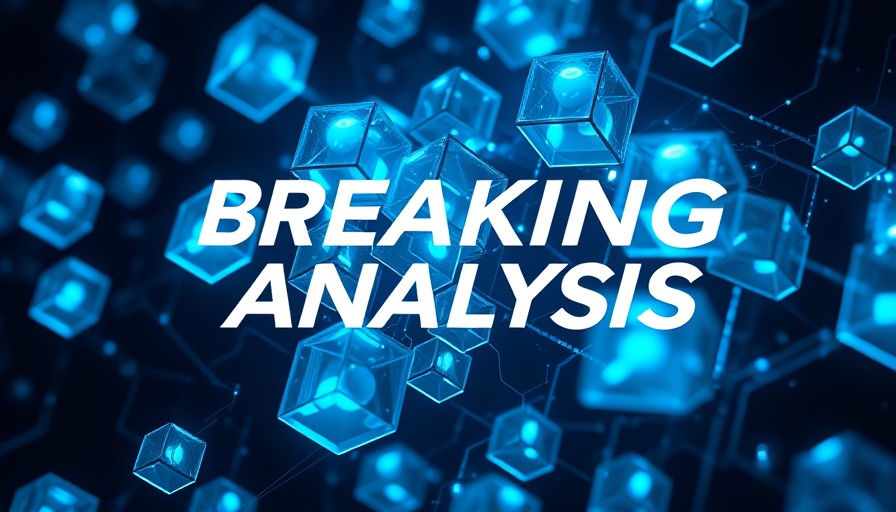
Why Tech Spending Is Marked by Caution Amid Uncertainty
The current landscape of tech spending is fraught with uncertainty, despite a booming stock market led by the Nasdaq. Business leaders are experiencing a cautious approach, particularly as they navigate the delicate balance of investing in new technologies like artificial intelligence while avoiding costly mistakes. Historically, periods of significant technological transitions—like the shift from mainframes to personal computers—have evoked a mixture of excitement and anxiety among executives, often leading to conservative spending habits.
The Historical Context of Technology Investments
Looking back at previous technology cycles reveals a repeating pattern; for instance, the post-Y2K era saw major re-evaluations of IT spending in response to economic pressures. Presently, with 87% of enterprises taking a cautious approach to AI, the prevalence of both opportunity and fear of disruption is palpable. While many executives recognize the potential of AI to enhance efficiency and cut costs, the lingering doubt over market stability prevents them from fully committing resources.
Examining Trends in IT Spending Across Sectors
Quarterly spending data from Enterprise Technology Research indicates a downward trend in expected IT spending growth, reflecting broader economic sentiments. Enterprises anticipated a growth of 5.3% at the beginning of the year, but expectations have since decreased to just 3.6%. Small and midsized businesses, particularly vulnerable to policy changes like tariffs, forecast slightly better prospects at 4.5%, in contrast to larger organizations seeing only a 2.9% rise.
The Influence of Federal Actions and Economic Indicators
Observations show a direct correlation between tech spending and Federal actions, specifically interest rates; as rate hikes unfolded, tech spending growth expectations also waned. The two-year Treasury yield reveals that caution has rooted itself deeply in the tech investment landscape, as the prospect of rising cyber risks and geopolitical tensions heighten operational resilience as a priority for many organizations.
The Future of AI and Technology Investments
As technology evolution progresses, leaders must contemplate their next steps in AI investments. As the landscape of potential suppliers and innovative solutions continues to expand, proactive decision-making based on data analytics will help organizations mitigate risks while optimizing resource allocation. Examining the industry's shifts offers insights into how key market players can best position themselves for future growth.
Ultimately, embracing a thoughtful yet proactive investment strategy in technology can empower business growth, even amidst uncertainty.
 Add Row
Add Row  Add
Add 










Write A Comment